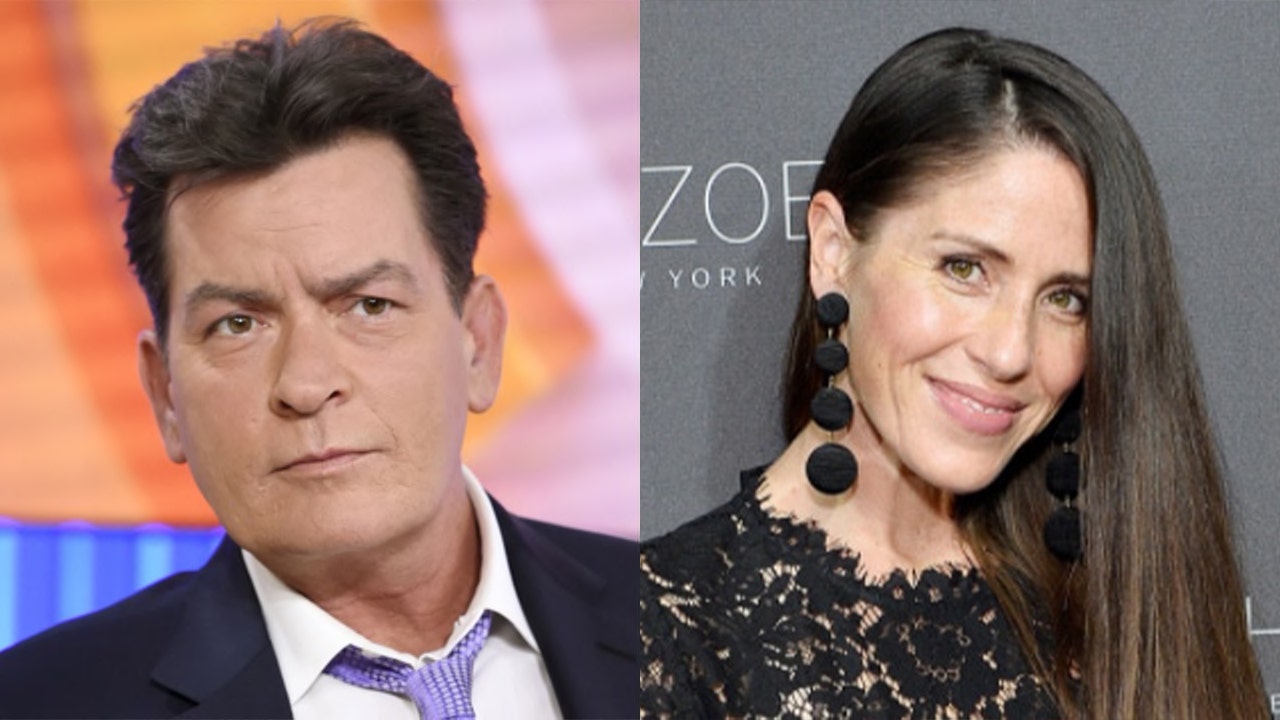[ad_1]
How to write the perfect email: Careers expert reveals her checklist for the ideal format – and the punctuation you should NEVER include
- Careers expert Sue Ellson has revealed how to write the perfect formal email
- Paragraphs should be no longer than two sentences in order to be concise
- Exclamation marks should be limited and the font should be one colour and size
- The advice will be helpful when applying for job interviews or emailing clients
An Australian careers expert has revealed how to write the perfect formal email and what should never be included.
Sue Ellson, from Melbourne, told FEMAIL it’s best to keep emails concise, ensure the font is one size and avoid the use of abbreviations in order to generate a swift response from the receiver.
The email advice will be helpful when applying for job interviews and emailing clients or others in the same industry.

When writing the body of the email, Sue said to ensure paragraphs are no longer than two lines long as it’s easier to read (stock image)
Keep sentences short and concise
When writing the body of the email, Sue said you should ensure paragraphs are no longer than two lines long as it’s easier to read.
Summarising the purpose of the email in a few sentences will also likely generate a quick response.
‘Long emails are less likely to be actioned, so try and focus on one main point or task per message and be aware that not everyone checks their emails instantly,’ she told Daily Mail Australia.
There is also no need to indent paragraphs when writing emails.

When writing the body of the email, Sue said to ensure paragraphs are no longer than two lines long as it’s easier to read
Ensure the font is the same size and colour

Sue Ellson (pictured) told FEMAIL it’s best to keep emails concise in order to generate a swift response from the receiver
Sue recommended choosing a font of ‘reasonable size’ to ensure it can be easily read.
The font should be no smaller than 10 point, but size 11 or 12 is preferable.
Making specific sentences or words bold can also separate key points in the body of the text.
Limit the use of exclamation marks
Certain punctuation marks are best to avoid when writing formal emails to coworkers, clients or potential employers.
‘Exclamation marks are overdone and insecure; if every statement has an exclamation mark, it reduces the impact of the ‘true’ message,’ she said.
‘Too many exclamation marks could be considered shouting as well.’
Avoid using abbreviations
Abbreviations should not be used in formal emails as the text can be misinterpreted, according to Sue.
‘Don’t use abbreviations on full words – it’s important to make the message clear to understand rather than incorporating hidden meanings,’ Sue said.
‘Abbreviations can be misinterpreted, particularly if the person is not familiar with the colloquial jargon, although if you know the person well, spelling everything out is a waste of time.’
Use an appropriate sign-off
From ‘kind regards’ to a simple ‘thanks’ and a ‘yours sincerely’, the online language can change the tone of an email significantly.
Sue said the sign-off term used should, first and foremost, be based on whether you know the receiver personally or professionally.
For instance, ‘cheers’ can be used on a casual basis between coworkers but ‘yours faithfully’ should be used if you don’t know the receiver’s name.
Those who leave the automatic message ‘Sent from iPhone’ at the bottom of the email are also considered to be somewhat unprofessional or in a rush.
Advertisement
[ad_2]
Source link



Connect with us on our socials: